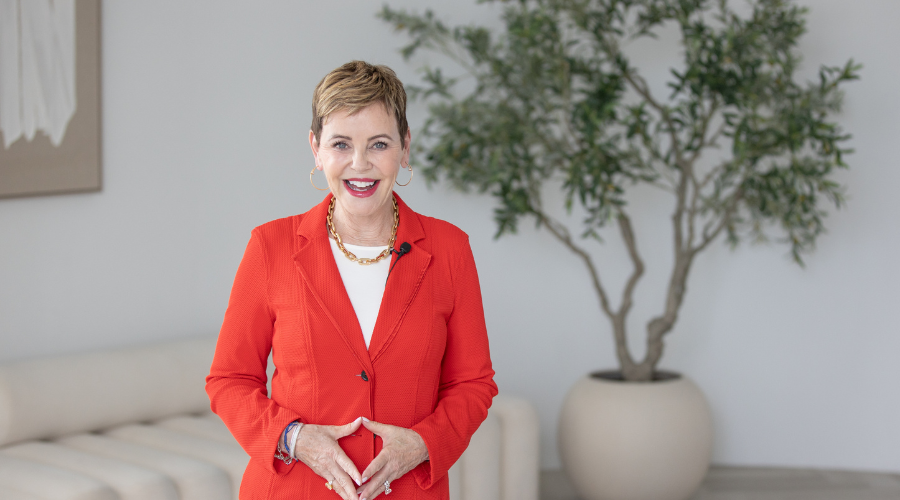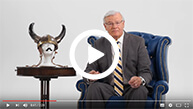Financial scams and fraud are a big problem in Canada. According to the Canadian Anti-Fraud Centre, in 2023 there were over 63,000 reports of fraud, costing its victims almost $570 million.
Increasingly, those frauds have involved mortgages, including a growth in reverse mortgage scams. With the increase in popularity of reverse mortgages as a useful legitimate and beneficial loan option for many retirees (in 2023, reverse mortgages grew by 28% year-over-year), it didn’t take long for financial fraudsters to come up with reverse mortgage scams.
Canadians approaching retirement age face some important decisions about when to start receiving their Canada Pension Plan (CPP) benefits. One of the most compelling reasons to delay CPP benefits is to boost your monthly payments. For every year you delay receiving CPP after age 65, your monthly payment increases by 0.7% a month or 8.4% annually – that means retirees can boost their CPP by 42% by delaying the benefits from age 65 to age 70.
Notice of security interest scams (or NOSI scams for short) have been costing Canadians tens of thousands of dollars, and these NOSI scam artists often target retirees. Originally, it was meant to protect providers of in-home appliances, such as heaters and air con units, from customers who fell behind on payments. A notice of security interest is similar to a lien in that it’s registered against the title of the property. NOSI scam artists use a notice of security interest to force their victims to pay outrageous sums of money for their HVAC, air con or other fixture. NOSI scammers typically target people whom they feel they can easily confuse and trick into signing documents they don’t understand, usually for products they don’t need.
As Canada’s population ages, more and more retirees are seeking ways to maintain their standard of living while staying in their homes. According to an Ipsos survey commissioned by HomeEquity Bank, over 93% of Canadians desire to “age in place”. This growing trend, coupled with the country’s rising property prices, has led to a surge in the popularity of reverse mortgages. For many Canadian retirees, a reverse mortgage can provide a valuable source of supplemental income, allowing them to maintain their standard of living while remaining in their homes. With flexible repayment options and no monthly payments required, reverse mortgages offer a practical solution to the financial challenges of retirement.
A Registered Retirement Savings Plan (RRSP) is a very popular way for Canadians to save for their retirement with some attractive tax breaks that help their savings and investments grow faster. RRSPs provide a considerable tax break whenever you make a contribution; every dollar you contribute reduces your taxable income by a dollar, so it could lead to a significant tax refund at the end of the year. Any amount you pay into an RRSP that is above that limit is considered an RRSP over contribution. The CRA treats RRSP over contributions seriously and you could end up having to pay a penalty, so it’s important to know how to calculate your RRSP over contribution and also how to fix an over contribution to an RRSP.
Reverse mortgages in Canada continue to grow in popularity, and there are a wide range of reasons why. Retirees who have no private pension or retirement savings can struggle to have a comfortable retirement with only the Canada Pension Plan and Old Age Security for income. Others want to stay in their home as they age but need to renovate it to make it more accessible, as their mobility becomes restricted. And some retirees want to have a more enjoyable retirement than their current retirement income allows. Many Canadian retirees are sitting on a huge asset — their home — and have little income or other assets. A reverse mortgage can be the ideal way to cash in some of their home’s equity to boost their retirement income.



















